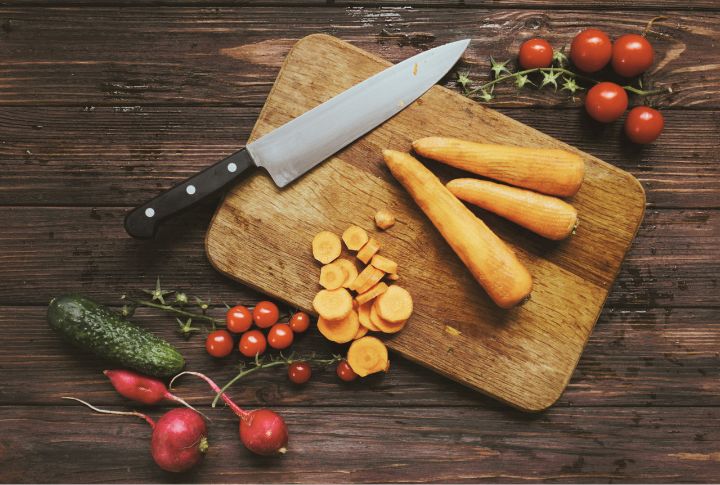
Carrots are a kitchen staple, but most home cooks treat them like a filler that is chopped into soups or grated into slaws. Chefs see something more. In professional kitchens, carrots get star treatment, coaxed into bold, complex flavors with a handful of transformative techniques. Here are ten ways serious cooks let their full potential shine.
Blanch Before Roasting To Boost Sweetness
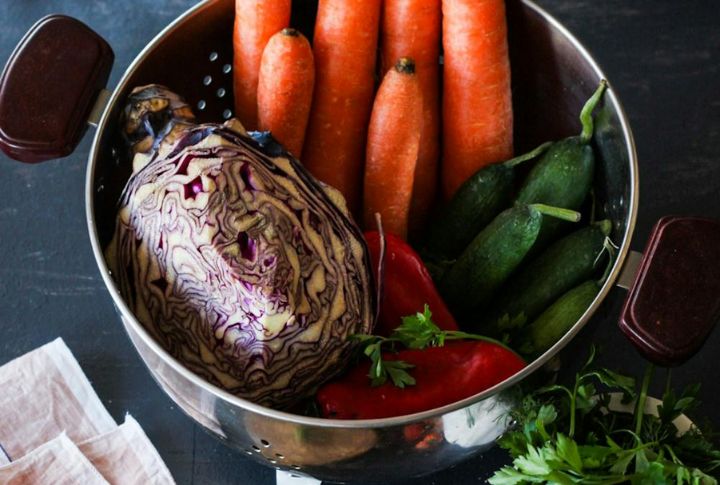
Blanching carrots before roasting breaks down the carrot’s cellulose, which makes it easier for the natural sugars to caramelize. This simple two-step process of briefly cooking in boiling water then shocking in ice, concentrates the sweetness without the bitterness that comes with over-roasting.
Cut Carrots On A Bias For Even Cooking
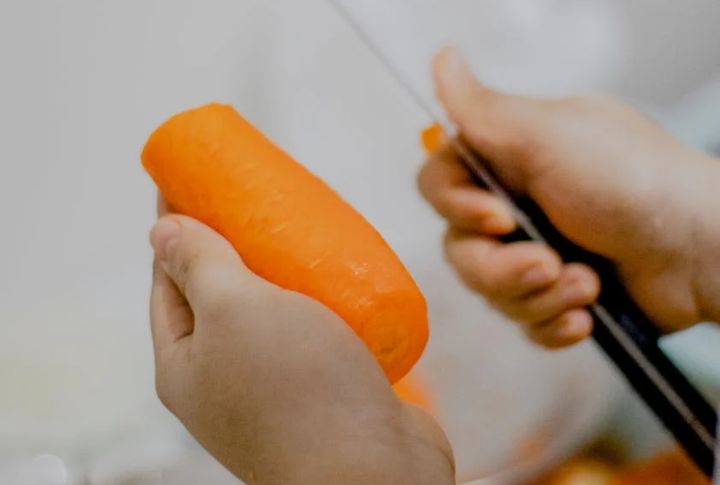
Cooking evenly and looking sharp? That’s a win in any kitchen. Slicing carrots diagonally and not straight helps expose more surface area, allowing for better browning and consistent tenderness. It’s the go-to prep in culinary schools. Plus, biased cuts look better on the plate.
Don’t Skip The Salt When Boiling
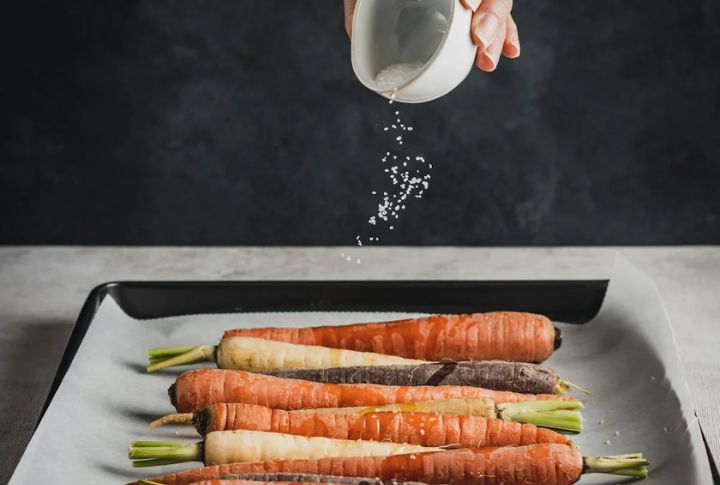
Salted water infuses flavor deep into the vegetable’s core, much like it does with pasta. Use a tablespoon per quart—yes, that much. “Season every layer” isn’t just chef-talk. It’s how you avoid bland bites and build flavor before anything else.
Use High Heat To Caramelize Naturally
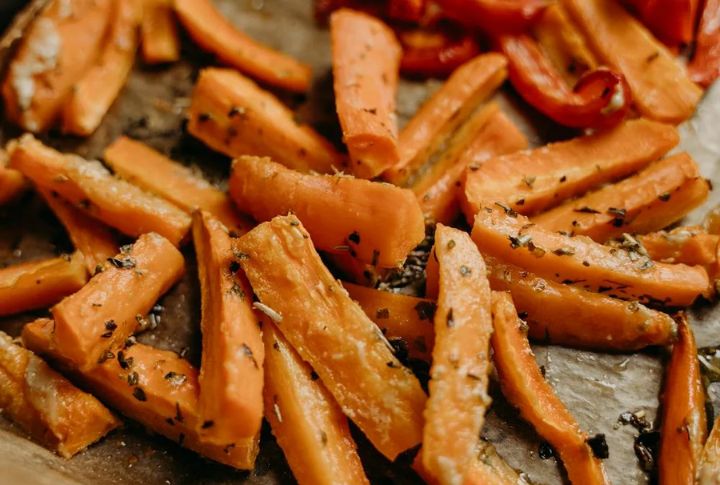
Crank the oven to 425°F or higher. High heat triggers the Maillard reaction, which browns carrots and creates deep savory notes. Also, don’t crowd the pan, or you’ll steam, not sear. This is why you’ll never see chefs slow-roasting carrots; they know that only intense heat yields the best flavor.
Steam, Then Sear For Texture Contrast
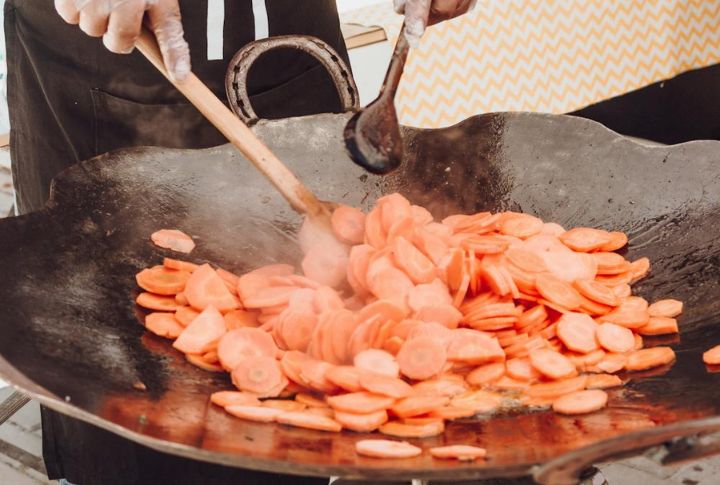
Steam carrots until fork-tender, then sear them in a skillet for a golden crust, which keeps the inside soft while building crunch on the outside. It’s a popular technique in bistros as it balances texture and temperature. This combination of cooking methods works best when carrots are a side dish.
Choose Medium Carrots For Best Texture
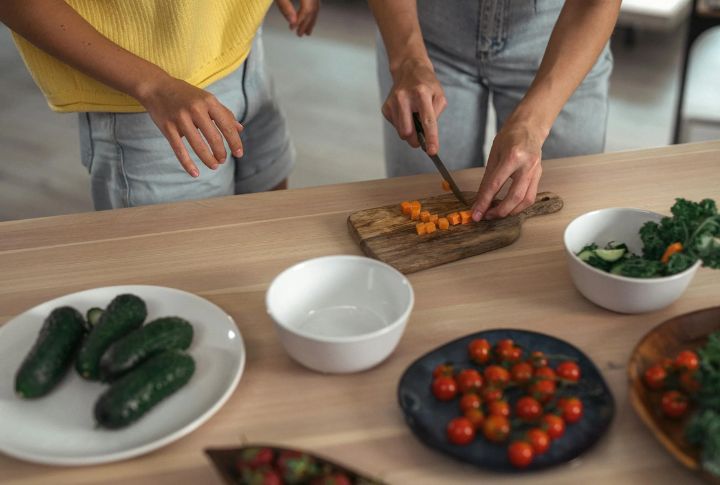
Medium-sized carrots are the ideal choice for a firm, sweet, and not-too-fibrous bite. These carrots hit the sweet spot between too small (which turn mushy) and too large (which can become woody). Farmers’ market finds are usually the best for this, ensuring your dish is as perfect as possible.
Add A Touch Of Honey To Enhance Glaze
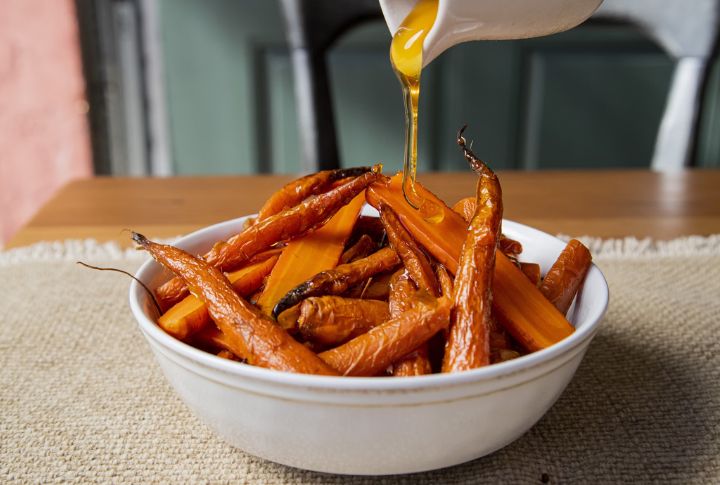
Just a teaspoon of honey in the final five minutes of roasting works wonders as heat thickens it into a glossy coating. The sugars accentuate the carrot’s own sweetness. Even French chefs swear by this trick as it adds dessert-like flavor without crossing into candied territory.
Glaze With Butter And Citrus For Brightness
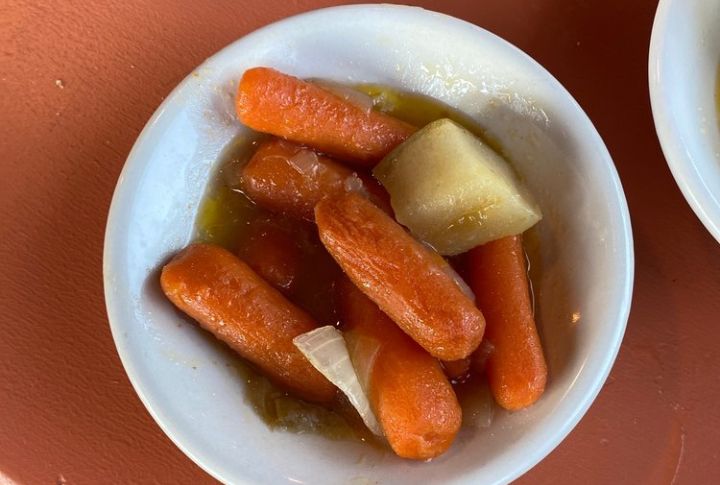
For a punch of brightness, add a bit of citrus juice and zest to your carrots after roasting. Combine that with a bit of butter, and you’ve got a classic French-style glaze that’s rich and zesty. The acid from the citrus cuts through the butter’s richness, balancing the carrot’s sweetness.
Roast With Whole Garlic Cloves For Depth

Garlic cloves mellow as they roast, infusing nearby carrots with earthy notes. This trick dates back to rustic Mediterranean kitchens. It’s a two-for-one: seasoned carrots and spreadable garlic. Also, keep the peels on so they don’t burn.
Toss Carrots With Olive Oil
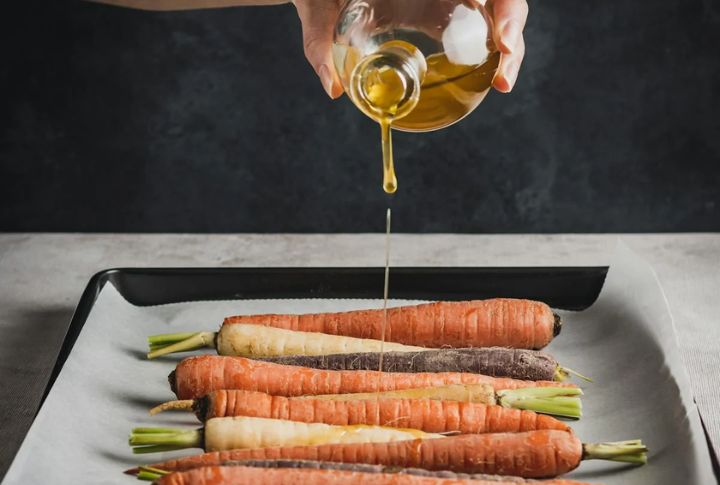
Before roasting, coat your carrots in olive oil, not butter. Olive oil has a higher smoke point without burning, and its grassy flavor complements the sweetness of the carrots. Chefs prefer this method because it ensures the carrots roast evenly without risking burnt butter ruining the dish.
Leave a comment